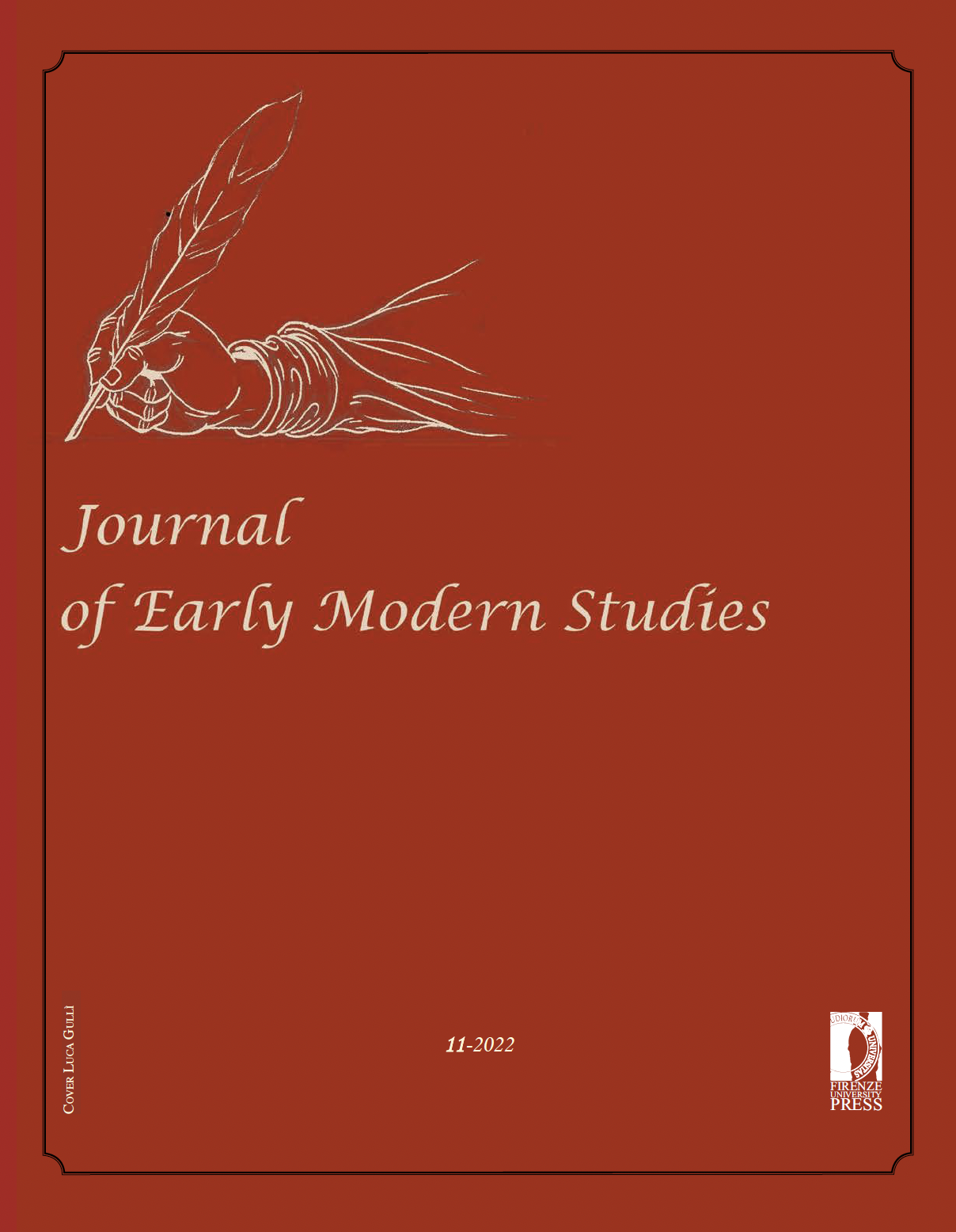Published 2022-03-24
Keywords
- Diary,
- Multiple Authorship,
- Philip Henslowe,
- Text Manipulation,
- Text Migration
How to Cite
Abstract
Philip Henslowe’s account and memorandum book has been known to scholars since 1845, when J.P. Collier published its transcript with introduction and notes. F.G. Fleay later called it ‘the most valuable relic of all that we possess concerning the Elizabethan stage’, and all subsequent scholars have agreed. Over the years the text has been thoroughly researched, duly edited, reproduced in a facsimile edition and, more recently, digitised on the website of the Henslowe-Alleyn Digitisation Project. Why, then, dedicate yet more attention to a text so amply and authoritatively discussed?
The aim of the present essay is to propose a view of the Diary in the first place as a mobile text, one which has migrated and been re-manipulated in various ways from edition to edition, in each case ‘secured’ in accordance with different critical principles; and secondly as a text incorporating a number of discursive genres and as raising a number of authorship attribution problems. In other words, I suggest that, rather than simply seeing the Dairy – as it has generally and understandably been seen so far – as a text witnessing to events and actions and useful for filling lacunae in our knowledge of a particular historical context, we view it as a linguistic site in which distortions, restorations and interpretations have been generated, and a range of different meanings constructed.


